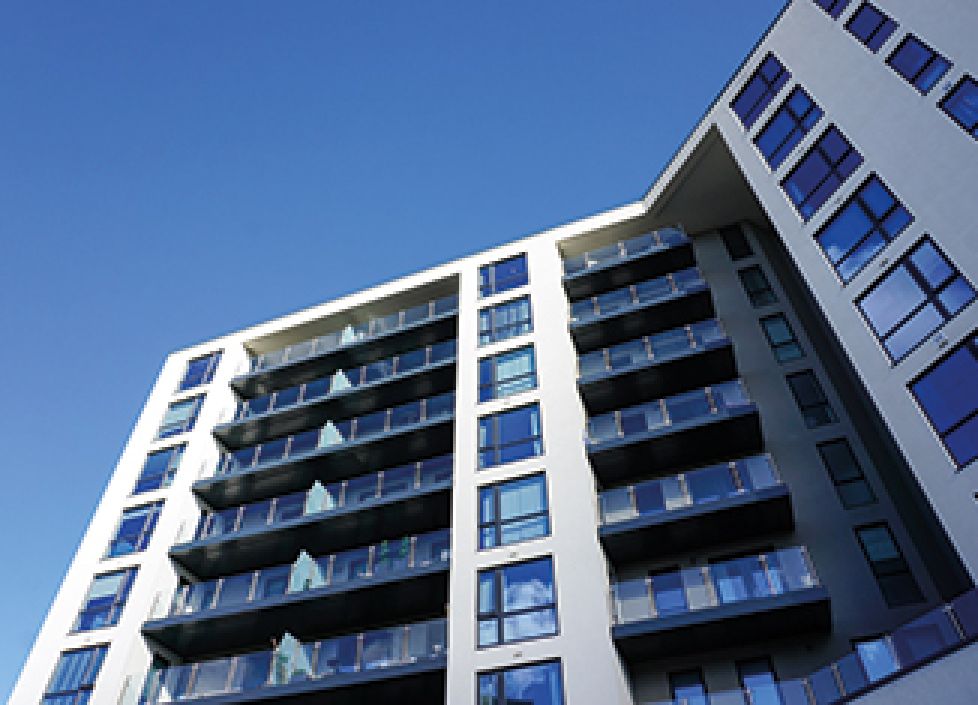One question that is not asked enough in the property world is: “Should I start with buy-to-lets and move on to do a development project later? Or should I do a development project first, and then do buy-to-lets afterwards?”.
It’s a surprising question only because more investors don’t think to ask it; they often head off down the buy-to-let route without giving development a second thought, either now or sometimes ever. So, if that’s the question, what’s the answer? Let me try and shed some light.
For many people, the problem with property investment is money or, rather, the lack of it. Buy-to-let investing generally involves the investor needing a deposit, usually 25% of the purchase price, to get the ball rolling. It’s why many people get into property investing in mid-life or later after they’ve built up enough capital from their day job or business to afford their first rental property deposit. Now, there are many variables in both buy-to-lets and in development, so when looking at specific examples, we need to bare in mind that there are many other ways of skinning the cat that could produce different figures. But let’s make a start and see how we get on.
The first thing to say is that I need to keep things simple. If I use precise numbers and factor in tax, inflation, tenant finding fees, and the like, or compare corporate versus personal ownership, things will get confusing very quickly. So, excuse the broad-brush approach, but hopefully, it will serve better to demonstrate the principle, even if the numbers won’t be to the penny.
Imagine you had £75k to invest and wanted to acquire a buy-to-let property. You could put down a 25% deposit on a £260k house (which is broadly the average cost of a UK buy-to-let property, according to Zoopla), and this would cost you £65k, leaving you £10k to pay your buying costs and stamp duty. So far, so good. Let’s also assume that you receive a rent of £1,200 per month from your new tenant. From this, you’d need to deduct your mortgage repayments of, say, £700, plus another £200 per month in maintenance and insurance costs. This leaves you a monthly profit of £300 or £3,600 annually, before tax.




















